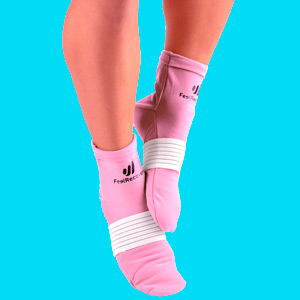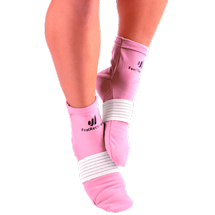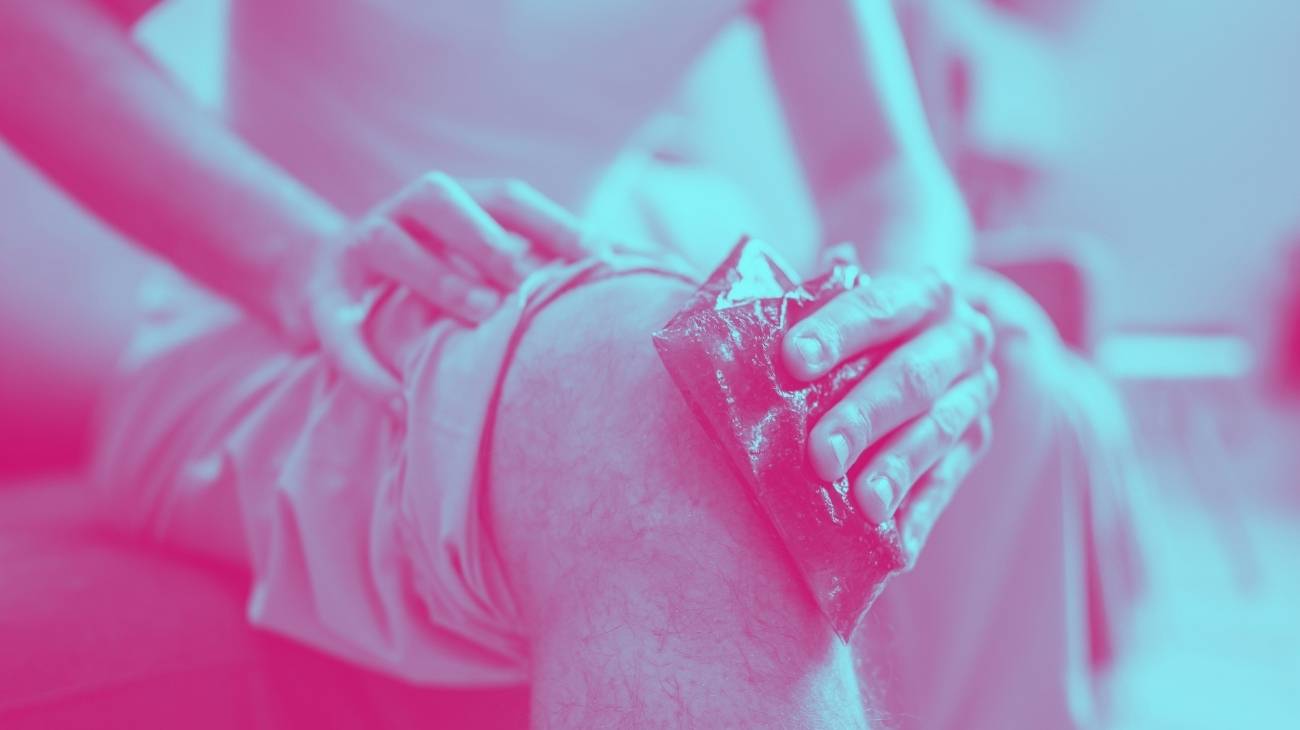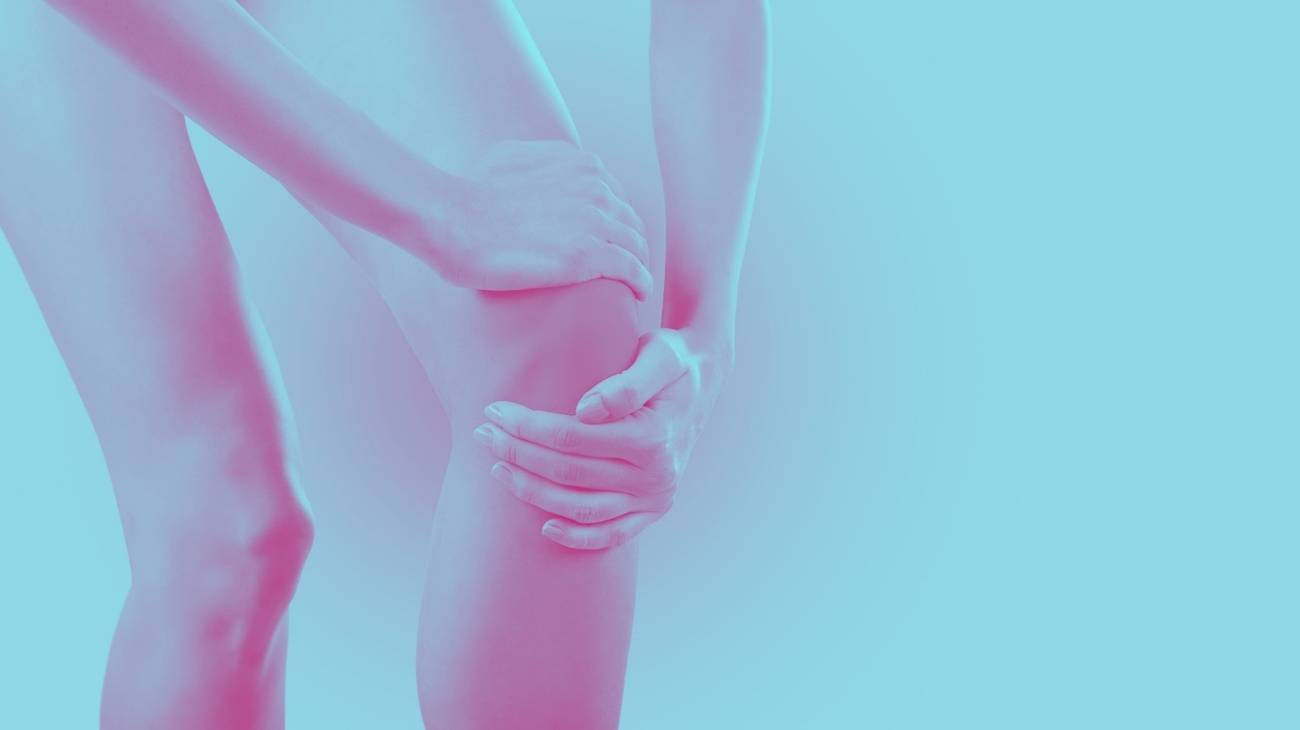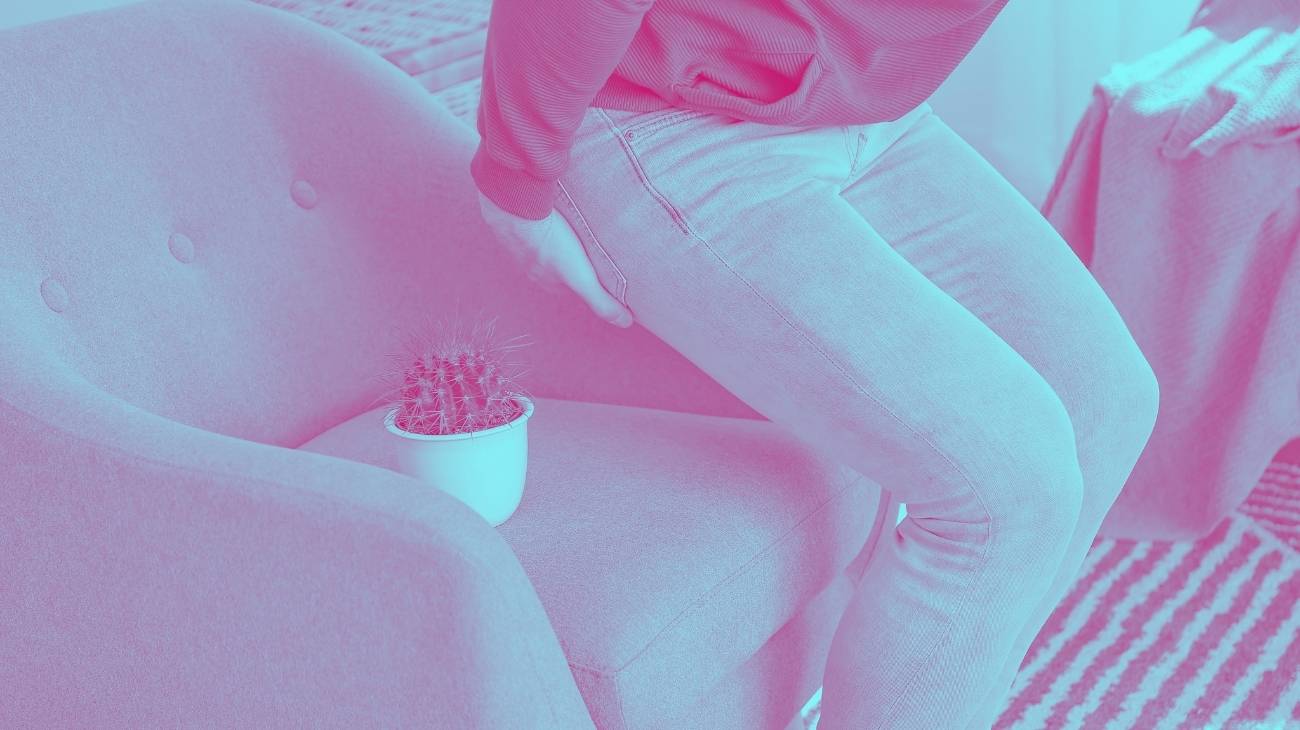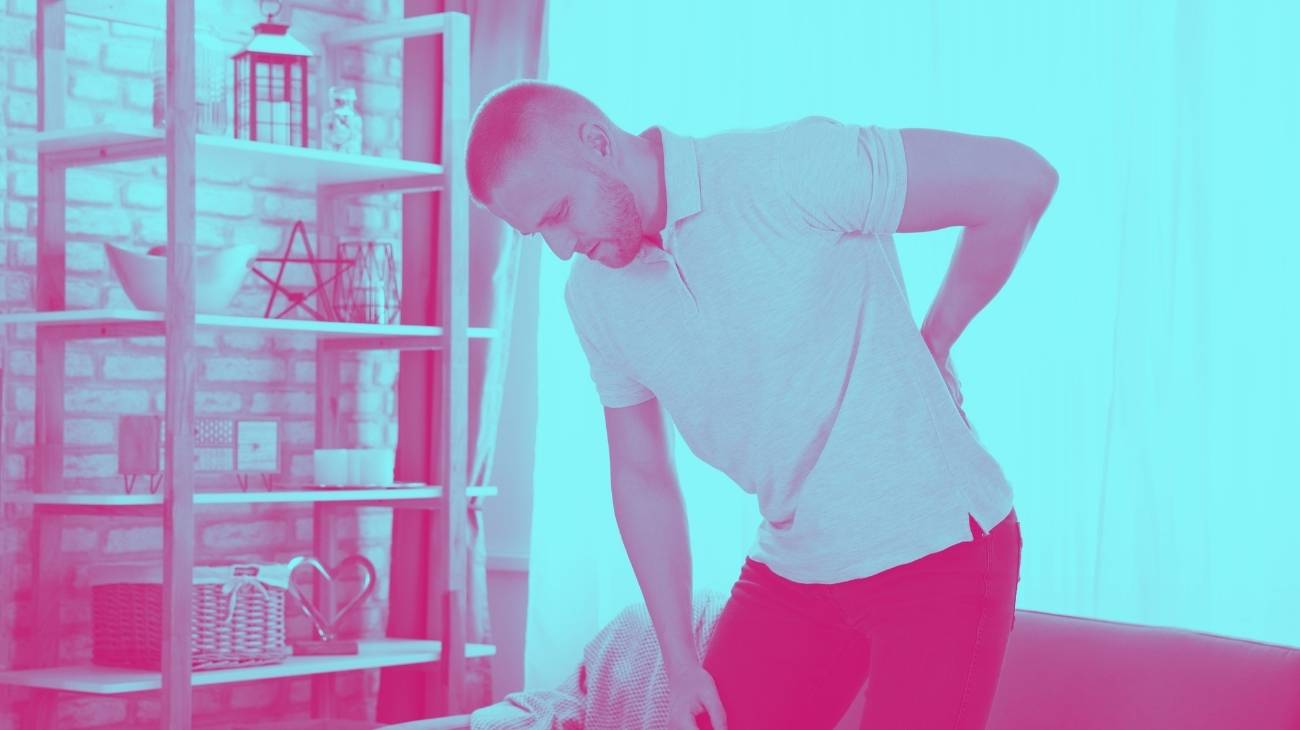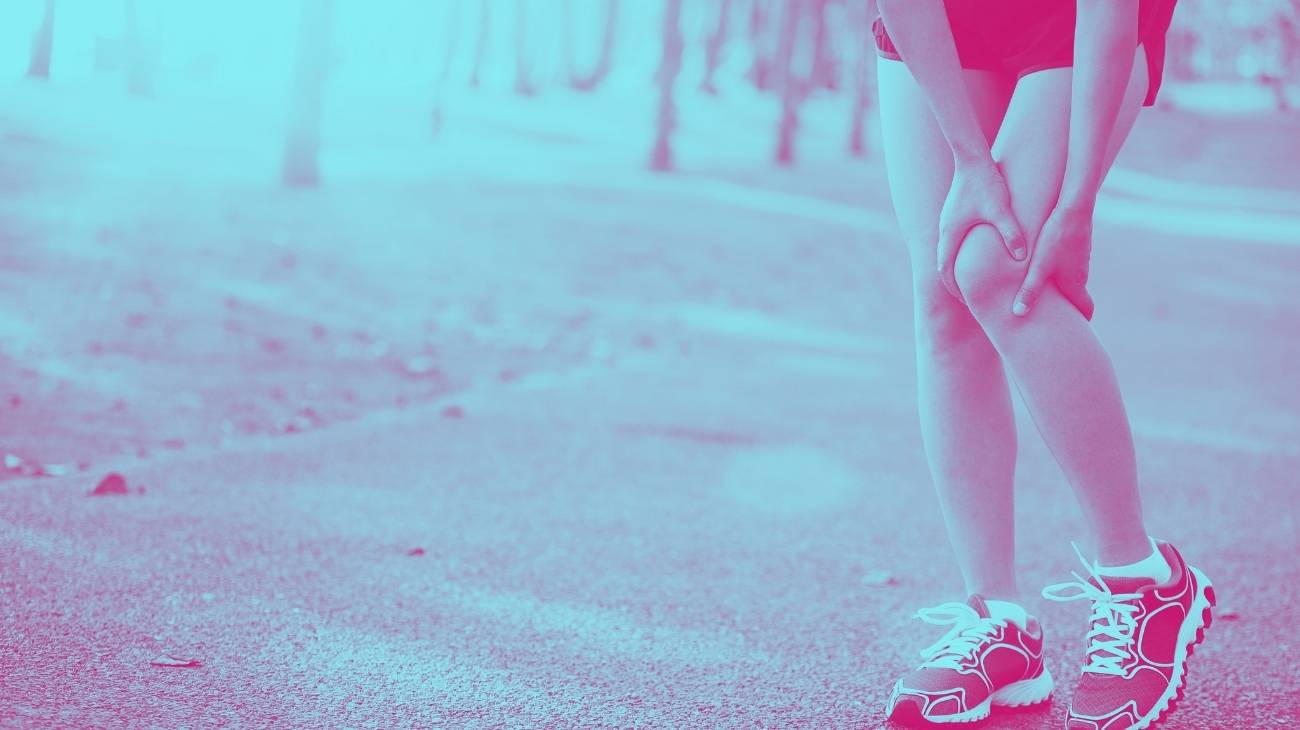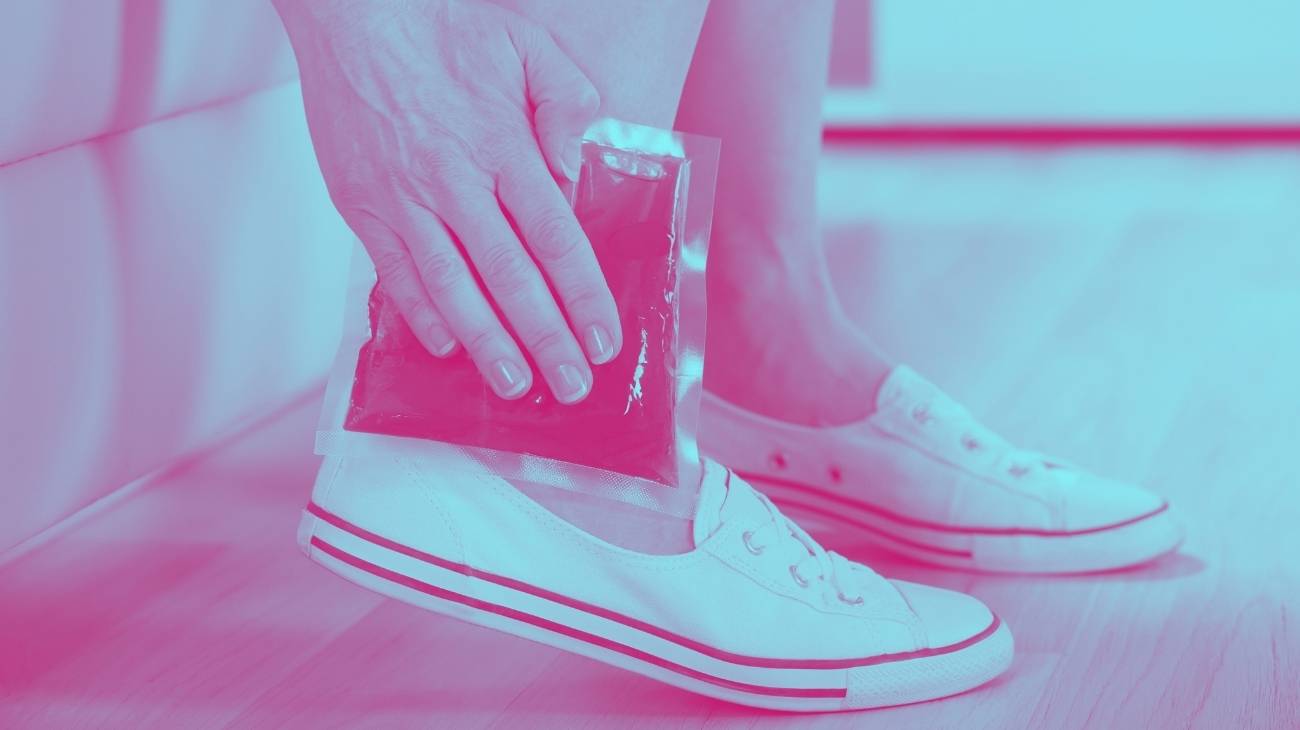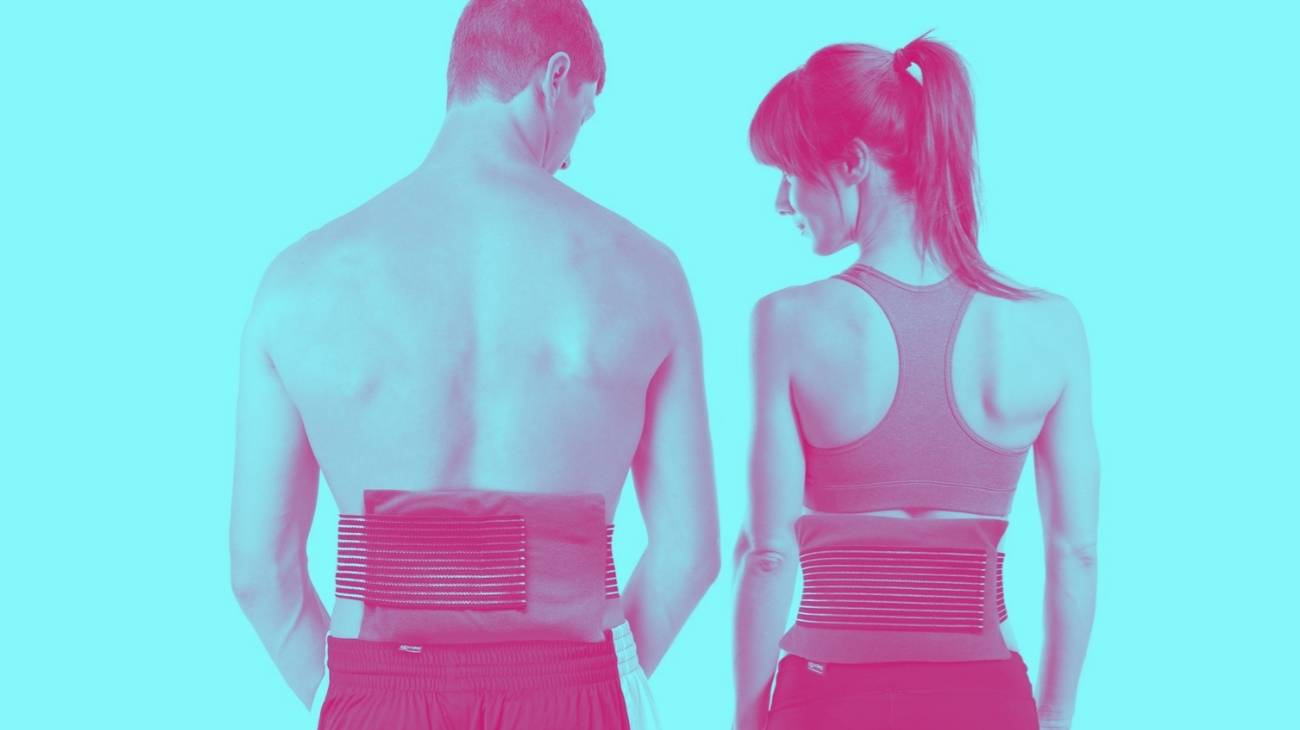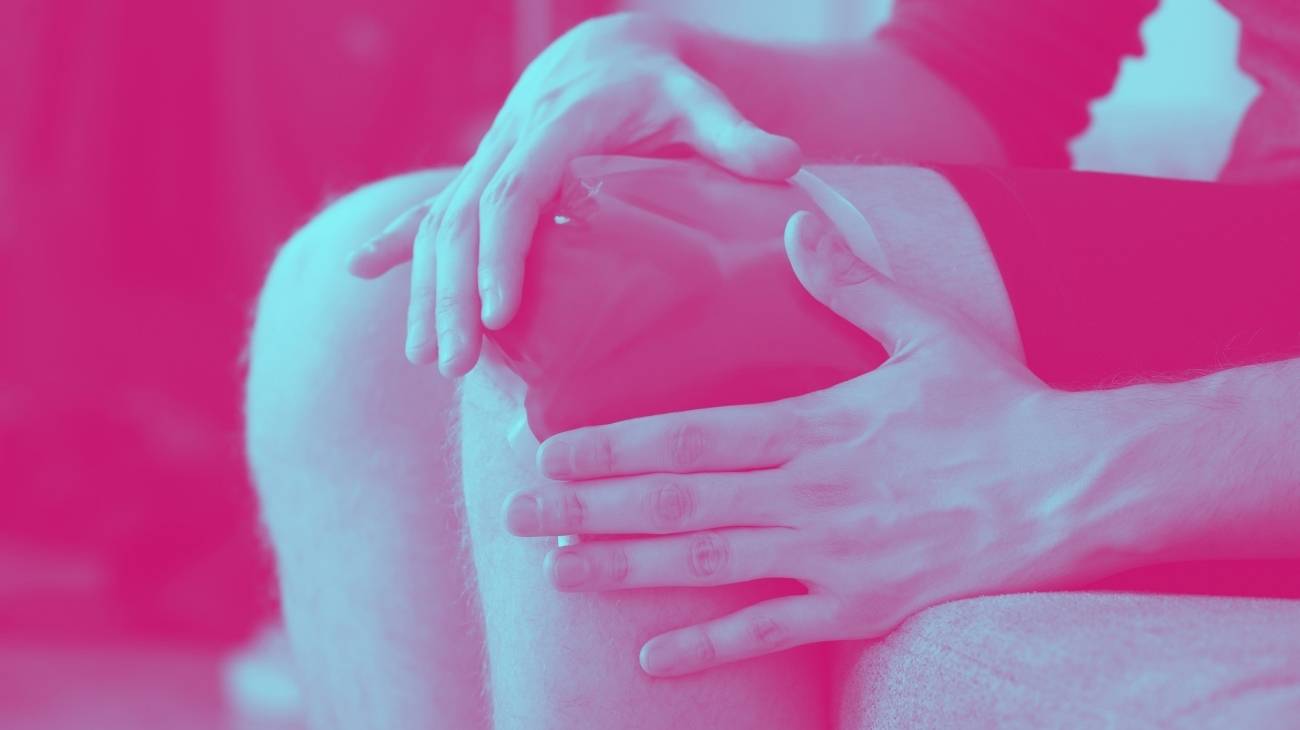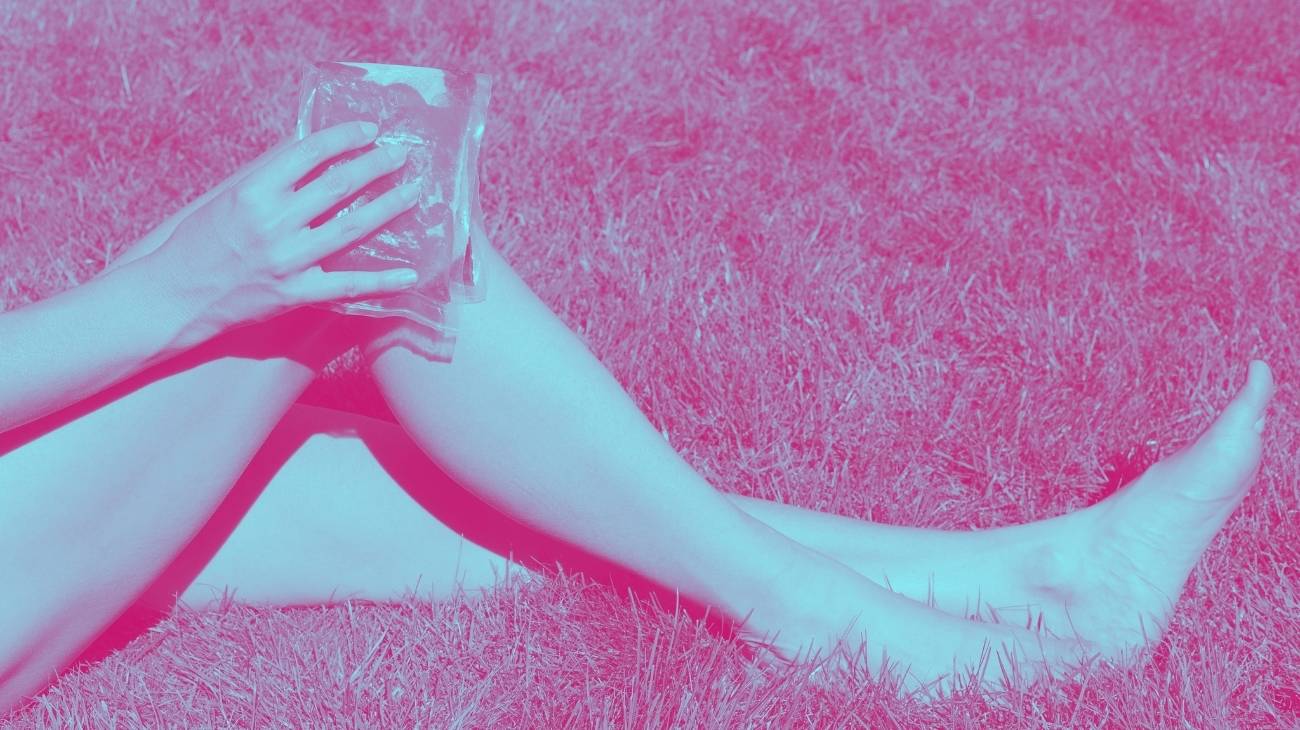- What is the best ice gel pack for plantar fasciitis?
- Video: How to use hot and cold gel packs?
- Types of hot & cold packs you should know about
- What are the causes of plantar fasciitis foot pain?
- Which is better for relieving plantar fasciitis pain: cold or heat?
- How can hot & cold gel packs be used to relieve inflammation in the foot due to plantar fasciitis?
- The best hot and cold gel packs for pain relief
Plantar fasciitis is an injury that causes severe pain in the heel and sole of the foot. It is a very common condition in runners, but obese and elderly people can also develop it.
Cold therapy and contrast therapy are strongly recommended to treat this injury. Therefore, we would like to explain the causes of this condition and show you how to use hot and cold gel packs to relieve the pain of plantar fasciitis.
What is the best ice gel pack for plantar fasciitis?
- Size: S/M, L/XL
- Colors: Green, Pink, Black
- Material: Breathable
- No. of products: 1 Pair
- Uses: Rehabilitation and sports
- Elastic fabric
- Various Colors
- Unisex Design
- Several Pockets
- Always flexible
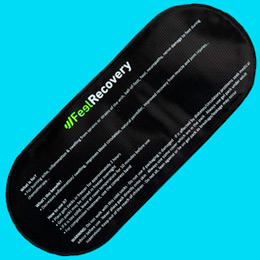
Highest Quality
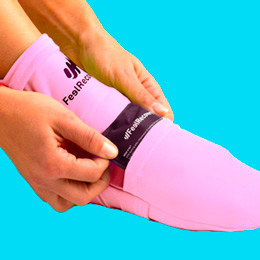
Several Pockets
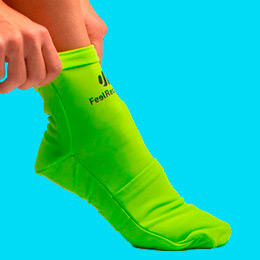
Elastic fabric
- Quality finish
- Long lasting cold therapy
- Low flexibility
By simply choosing the size that best suits your foot and placing the gel sack in the refrigerator for two hours, you will achieve relaxing effects naturally generated by your own body. Don't spend money on products that won't do you any good, use this pair of neoprene socks with compression system. Remember that the fabric can be inefficient to retain the cold for a longer period of time.
- Size: S/M-L
- Material: Polyester (95%), Spandex (5%)
- Colors: Black and Blue
- Type of fit: Sock
- Unit Quantity: 6 Gel Packs
- Includes 6 Gel Packs
- Good fit
- Hot/cold therapy
- Quality stitching
- Small sizes only
- Delicate wash
They are easy to care for because they can be machine washed without losing the compression needed to help stimulate blood flow. Their unisex design with soft, skin-friendly material can be worn by any adult during leisure time, but it is important to consider that they are not comfortable for walking if you place the heating pads on the sole of the foot.
- Size: 4 to 8 years, 11 years
- Material: Neoprene
- Colors: Blue and Green
- Type of adjustment: Velcro strap
- No. of units: 2 Gel Pack
- Fully adjustable
- Padded interior
- Quality materials
- Especially for children
- Voluminous
- Average duration of cold therapy
The soft splint easily adapts to the anatomy of the foot, so just freeze the removable cold gel and place it on the area where you need it most. Please note that in some cases moisture accumulates and causes skin irritation. It is not advisable to walk with this product for long stretches and the medical liquid may come out of its container.
- Size: One size fits all
- Material: Nylon
- Colors:Blue
- Type of adjustment: Strap with Velcro
- No. of units: 6 Gel Pack
- 6 Gel Packs
- Fully adjustable Velcro strap
- One size only
You should put the ice packs in the refrigerator for the necessary time and then apply it to the most sensitive areas that need more blood circulation. After a few minutes you will begin to feel in the comfort of your home the therapeutic effects of cold therapy. The elastic strips will not only prevent slippage, but will also help you achieve overall wellness faster. In some cases, the stitching started to come apart after the first few uses.
- Size: M-L
- Material: Nylon
- Colors: Gray
- Type of adjustment: Strap with Velcro
- Number of units: 6 Gel Pack
- Double Velcro strap
- Heat/Cold Therapy Gel Packs
- No small size
Chill the 6 ice packs in the freezer and place them in the external pockets available to transmit the cold to the sensitive areas of the injury. Thanks to their non-bulky volume they will not restrict joint movements, so you will be able to continue doing your tasks almost as normal. The material is not breathable and the seams may cause discomfort and reddening of the skin.
- Size: S/M-L
- Material: Nylon
- Colors: Green
- Type of adjustment: Strap with Velcro
- No. of units: 6 Gel Pack
- Gel suitable for hot/cold therapy
- Fully adjustable
- Only two sizes
It is ideal for plantar fasciitis and foot fatigue symptoms, as you only need to heat in the microwave or cool in the refrigerator the gel sachets to apply directly to the inflamed area. For faster pain relief, combine both therapies and get the necessary compression by means of the elastic strap to stimulate blood circulation. In some cases, heat retention proved insufficient.
- Size: One size fits all
- Material: Nylon
- Colors: Yellow
- Type of adjustment: Elastic straps
- No. of units: 6 Gel Pack
- 6 Gel Packs
- 4 Elastic Straps for better fit
- Suitable for Hot/Cold Therapy
- Quality materials
- Delicate wash
- One size only
Do not miss this opportunity to keep your feet protected without overs pending and being able to combine different options that will serve you for a faster recovery. Use the microwave or the refrigerator until the necessary temperature is reached to relax the muscles and generate a soothing effect that is beneficial to reduce the feeling of fatigue in the feet. The airtight seal of the thermal bags may be weak in some cases.
- Size: One size fits all
- Material: Neoprene
- Colors: Blue
- Type of fit: Slipper
- No. of units: 2 Gel Packs
- Quality materials
- Internal gel packs
- Heat/cold therapy
- Long therapy duration
- Delicate wash
- One size only
Its structure is flexible, even when you have just taken the product out of the refrigerator and it is frozen. The size covers a large part of the arch of the foot, which helps to better blood circulation and to achieve a much faster relaxation. It can be worn as long as you want, but keep in mind that it is not a recommended product for walking, as its sole could wear out quickly.
Video: How to use hot and cold gel packs?
Types of hot & cold packs you should know about
What are the causes of plantar fasciitis foot pain?
The plantar fascia is a thick band of connective tissue located on the bottom of the foot. This tissue connects the heel bone (calcaneus) to the toes and supports the arch of the foot. It also absorbs and releases the energy generated when the foot hits the ground.
Inflammation of this ligament is medically called plantar fasciitis. This injury is characterised by a sharp pain in the bottom of the foot near the heel, where the plantar fascia connects to the heel bone. The pain associated with this injury usually occurs when walking after waking up. Resting overnight causes the plantar fascia to contract a little, and the pull on it is stronger during the first steps of the day.
As this ligament stretches, the sensation of pain decreases. Pain can also occur after exercise or at the end of the day due to standing for long periods of time. This injury is caused by repeated stretching and tearing of the plantar fascia, which eventually leads to irritation or inflammation of the plantar fascia.
The main causes of plantar fasciitis are:
- Physical activity: Walking, running or standing for a long period of time, especially on hard, uneven or sloping surfaces. This often happens in connection with certain professional or recreational activities. Teachers, athletes (runners, athletes...), ballet dancers, factory workers and many others are prone to plantar fasciitis.
- Inadequate equipment: Wearing shoes with soft soles, ill-fitting shoes or shoes that do not adequately support the arch of the foot.
- Muscle pain: Shortening or straining of the calf muscles and Achilles tendon. It should be noted that wearing high heels leads to a shortening of the gastrocnemius (calf muscle).
- Age: Weakening of the foot tissue due to natural ageing. In fact, people between the ages of 40 and 60 are particularly prone to this injury.
- Obesity: If a patient is overweight, the pressure on the plantar fascia is greater than normal.
- Problems with foot mechanics: A high arch, flat feet or an abnormal gait can affect weight bearing. These conditions lead to increased stress on the plantar fascia.
- Pregnancy or hormonal changes: Hormones can often make the tissue more flexible than normal.
Which is better for relieving plantar fasciitis pain: cold or heat?
The use of high and low temperatures can be part of the treatment for plantar fasciitis. It may even be better to use a combination of heat and cold rather than just one of each. Generally, treatment for this injury also includes rest, painkillers, massage, etc. It all depends on your condition and what your physiotherapist tells you.
So when should you use cold or heat to relieve the pain of plantar fasciitis? Cold therapy should be used for the first few days (about a week) that this condition occurs. Heat has been found to increase the swelling associated with this injury. During this initial period, you should focus on relieving the inflammation and pain, which can be achieved by applying cold.
Below we explain the main advantages of using heat and cold for plantar fasciitis:
Advantages of cold
Cold therapy is often used to treat musculoskeletal conditions. For plantar fasciitis, cold is recommended to relieve pain and inflammation. The main benefits of cold therapy are:
- Anti-inflammatory effect: the use of cryotherapy can reduce inflammation caused by injuries such as plantar fasciitis. The cold produces vasoconstriction, which reduces blood flow and therefore swelling.
- Pain relief: cold acts as a local analgesic that significantly reduces pain. Cryotherapy drains the affected area and reduces the pain sensation associated with the swelling. In addition, low temperatures completely or partially block the transmission of nerve impulses associated with pain.
- Reduction of muscle spasms: Cryotherapy relaxes the muscles through the analgesic effect of the low temperatures. It therefore helps to reduce muscle spasms.
Advantages of heat
Heat therapy has great benefits that can help treat musculoskeletal injuries. Although it must be accompanied by cryotherapy for plantar fasciitis, it can be very useful. Its main advantages are the following:
- Accelerates recovery: Heat dilates the blood vessels (vasodilation). This increases blood circulation and thus improves the supply of oxygen and nutrients to the cells. This allows the damaged tissue to heal more quickly.
- Relaxes and reduces stiffness: The application of high temperatures relaxes the tissues of the musculoskeletal system and makes them more flexible. This reduces stiffness and tension in muscles and joints.
- Pain-relieving effect: Heat can relieve pain associated with injuries such as plantar fasciitis. This is due to the relaxing and healing effect of high temperatures.
How can hot & cold gel packs be used to relieve inflammation in the foot due to plantar fasciitis?
Hot and cold gel packs are of great help in treating plantar fasciitis. These packs can be used for cryotherapy and heat therapy for injuries as they can reach both low and high temperatures. We can offer hot/cold gel packs with compression bands that can be comfortably fitted to the foot. In addition, our compresses come with a protective cover to prevent burns.
Here is a step-by-step explanation of how you can use hot/cold gel packs to relieve plantar fasciitis pain:
Cryotherapy
To use the cold gel packs and apply cryotherapy to the affected area, simply follow these steps:
- Place the pack in the refrigerator for about 2 hours.
- Take the pack out and check that it has reached the correct temperature. If it is too cold, leave it for a few minutes, but if you want to cool it down further, put it back in the fridge for a while.
- Place the compress on the top of the foot and heel for about 20 minutes.
- You can do this procedure 3 or 4 times a day.
Hot & cold therapy
In this case, you will need two hot and cold gel packs. One of them should be cooled in the refrigerator as described for cryotherapy.
You need to warm up the other one after this procedure:
- Make sure that the compress is at room temperature.
- You can heat the compress in the microwave. In an 800-watt microwave, it is enough to heat the pack for about 30 seconds. If you need to heat it further, put it in the machine at 10-second intervals. You can massage it to distribute the heat evenly.
- The pack can also be heated on the cooker. Bring 3.5 litres of water to a boil in a pot, remove the pot from the cooker and immerse the pack for about 7-8 minutes. You can heat more by putting the pack back into the pot at one minute intervals.
When the pads are now at the right temperature, you can perform the contrast therapy as follows:
- Place the cold pack on the top of the foot and heel for one minute and then remove it.
- Place the hot pack on the same area for about 3 minutes and then remove it.
- Repeat the previous two steps 3 to 6 times.
- Then leave on cold for 1 minute.
- This process should be completed within 20-30 minutes.
Remember that for plantar fasciitis, these sessions must begin and end with the application of cold. This is to prevent inflammation and keep it to a minimum.

